Jul 2, 2024
•
Deft Team
Ready to elevate your home’s style? Dive into contemporary interior design and discover how to create a chic, modern space that adapts to your lifestyle!
Contemporary interior design is all about staying current with the latest trends while maintaining a clean and stylish aesthetic. This interior design style, characterized by its streamlined silhouettes, neutral color palettes, and a blend of textures, creates a sophisticated yet comfortable living space. Contemporary interiors are versatile, allowing for the integration of new and emerging trends through accessories and decor.
In this article, we’ll delve into the core principles of contemporary design, provide practical tips, and offer inspiration to help you transform your home. Whether you're updating a single room or your entire house, these insights will guide you in creating a chic, modern space that suits your lifestyle.
What Is Contemporary Interior Design?
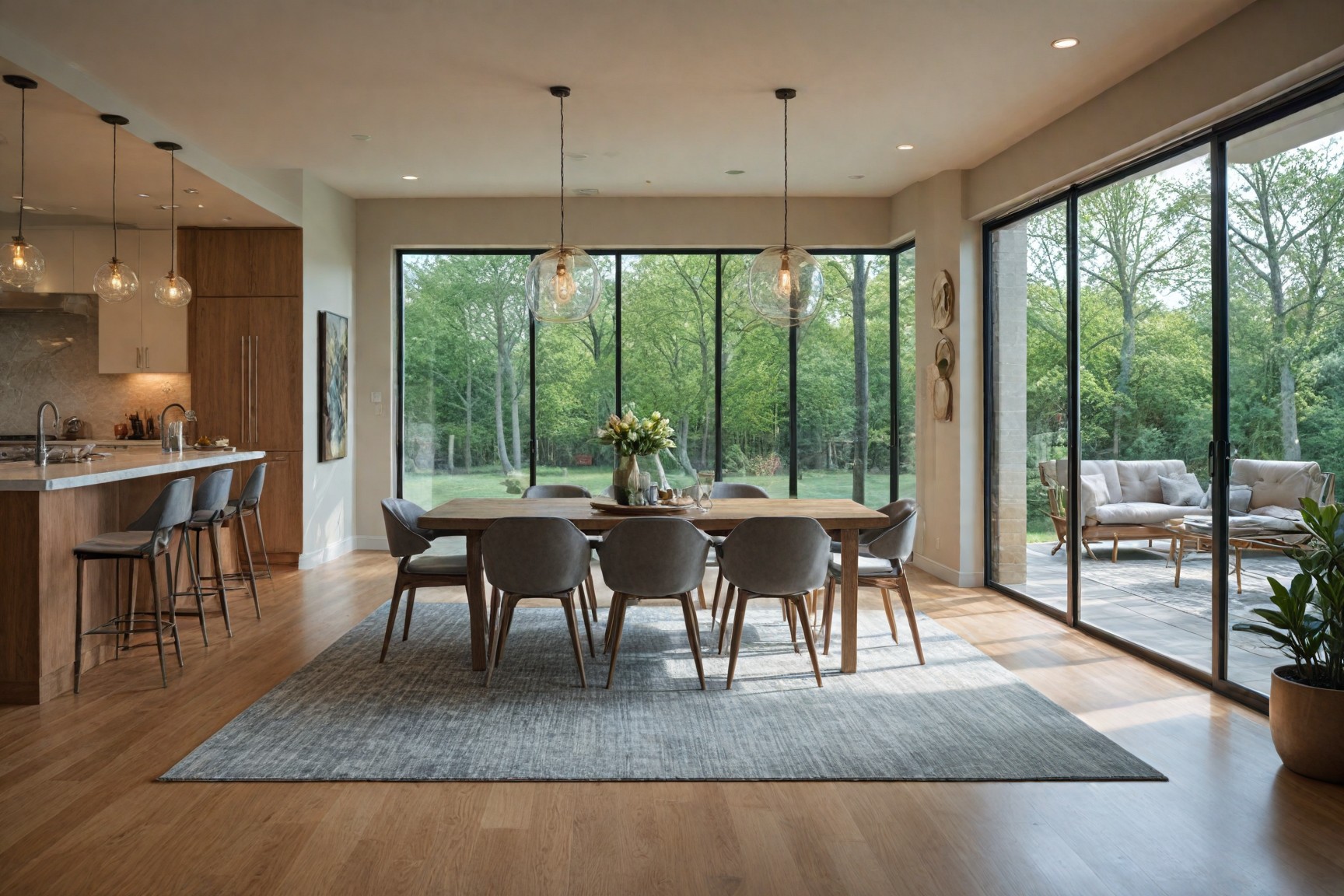
Contemporary interior design is a dynamic style that embraces the present and anticipates future trends. This design style blends modern elements with current trends, creating spaces that are both stylish and functional. Characterized by its clean lines, neutral color palettes, and a mix of textures, contemporary design offers a sophisticated yet comfortable living environment.
Contemporary design originated in the late 20th century, drawing inspiration from modernism while allowing for more flexibility and playfulness. Unlike the strict adherence to form seen in modern design, contemporary interiors mix different styles and elements, reflecting an eclectic approach. This style thrives on innovation and experimentation, making it an ever-evolving and exciting choice for interior design.
The influence of contemporary design on modern interiors is significant. It incorporates new materials and technologies, emphasizing sustainability and efficiency. Contemporary spaces often feature open floor plans, large windows, and a seamless flow between indoor and outdoor areas, promoting a sense of harmony and connection with nature.
The contemporary design movement began in the 1970s, evolving from modernism but with a more relaxed and inclusive approach. It combines the simplicity and minimalism of modern design with the adaptability to incorporate emerging trends. This style is influenced by various cultural and artistic movements, making it versatile and globally appealing.
Contemporary interiors are characterized by their ability to adapt to changing tastes and trends. With a foundation of neutral colors and clean lines, contemporary spaces can be easily updated with new accessories and decor to stay current and fresh. This flexibility and openness to change make contemporary interior design a popular choice for those who value both style and practicality.
Key Elements of Contemporary Design
Contemporary interior design is defined by its flexibility, adaptability, and focus on current trends. Here are the core elements that make up this dynamic style:
Flexibility and Adaptability
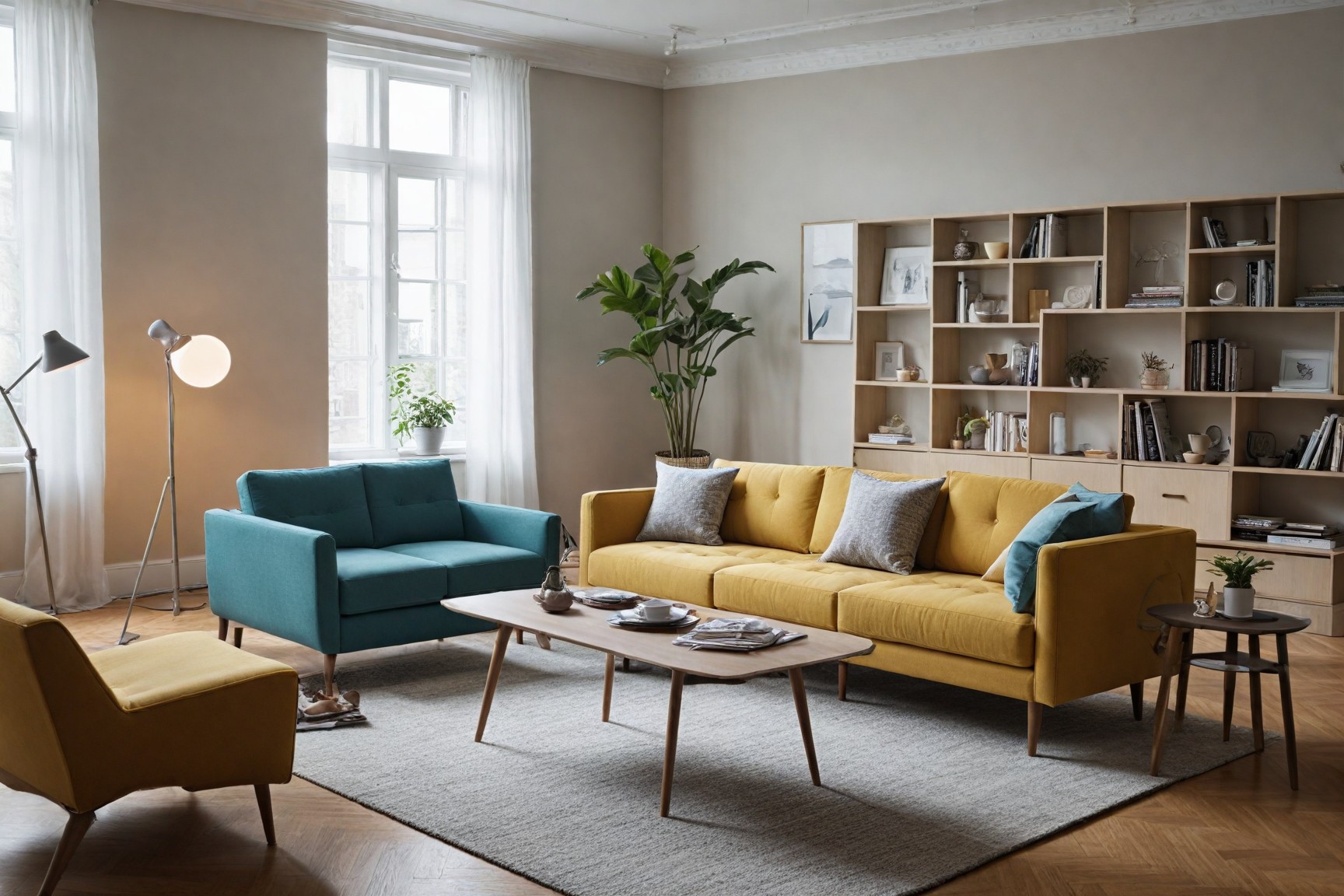
Adaptable spaces are crucial in contemporary design, allowing rooms to evolve with changing needs. Furniture that is flexible, such as modular systems, plays a significant role. For example, a sofa that can be reconfigured into different shapes or a table with adjustable height.
Bold Accents and Statements
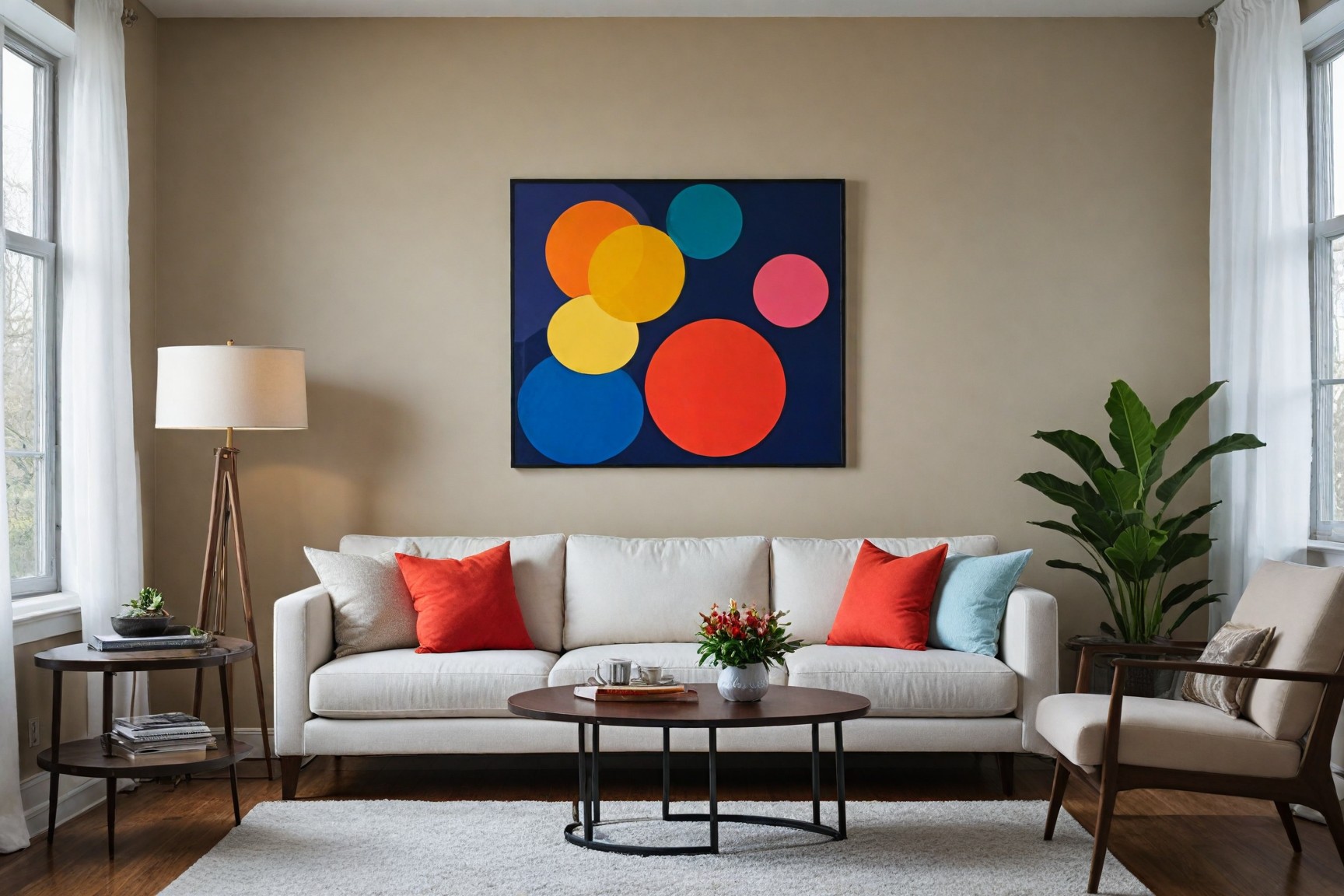
Bold colors and statement pieces add personality to contemporary interiors without overwhelming the space. Use eye-catching elements like a vibrant rug, a striking piece of art, or a unique light fixture to create focal points.
Integration of Technology
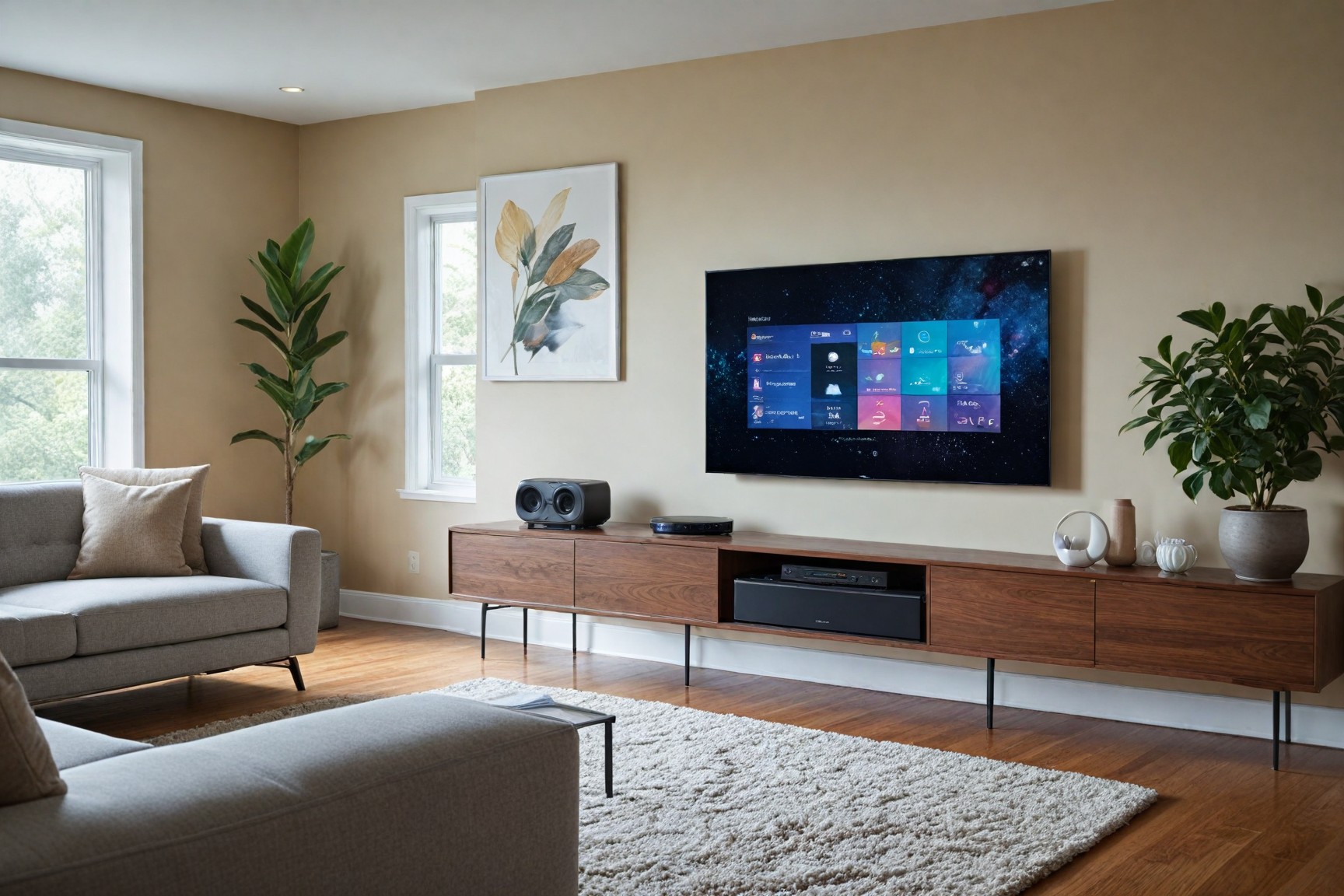
Smart home technology and modern conveniences are integral to contemporary design. Incorporate seamless tech solutions like built-in speakers, smart lighting, and automated systems to enhance functionality and comfort.
Open Floor Plans and Flow
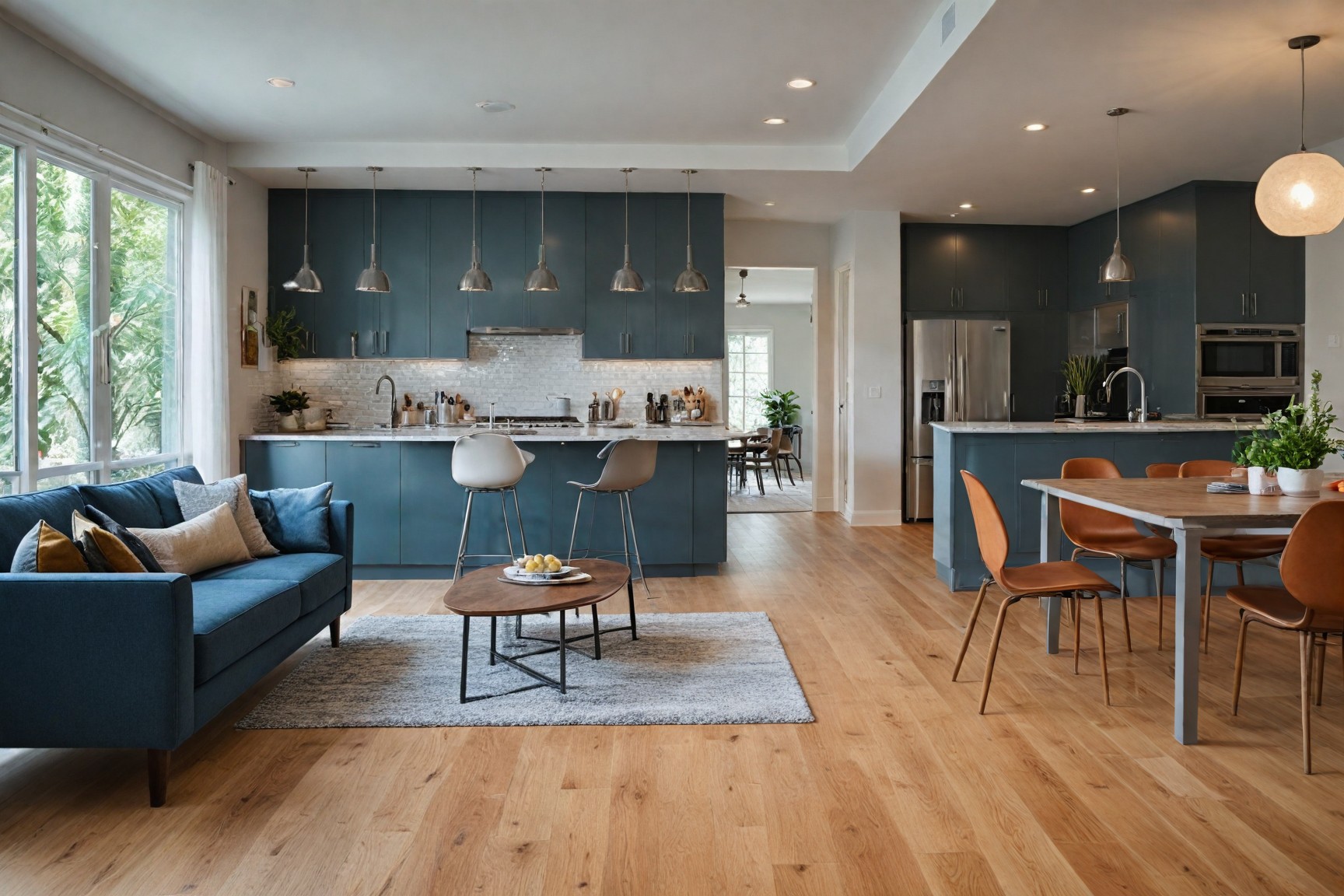
Open floor plans promote a sense of connection and harmony between spaces. Create a smooth flow by using consistent flooring, minimal barriers, and cohesive color schemes to link different areas of the home.
Eclectic Mix of Materials

A variety of materials such as concrete, steel, and natural fibers add texture and interest to contemporary interiors. Mix these materials to create a balanced and visually appealing environment. For instance, pair a concrete countertop with wooden cabinets and metal accents.
Practical Tips for Achieving Contemporary Design
Contemporary interior design focuses on creating functional, artistic, and minimally curated spaces. Here are some practical tips to help you achieve this style in your home:
Emphasize Functionality
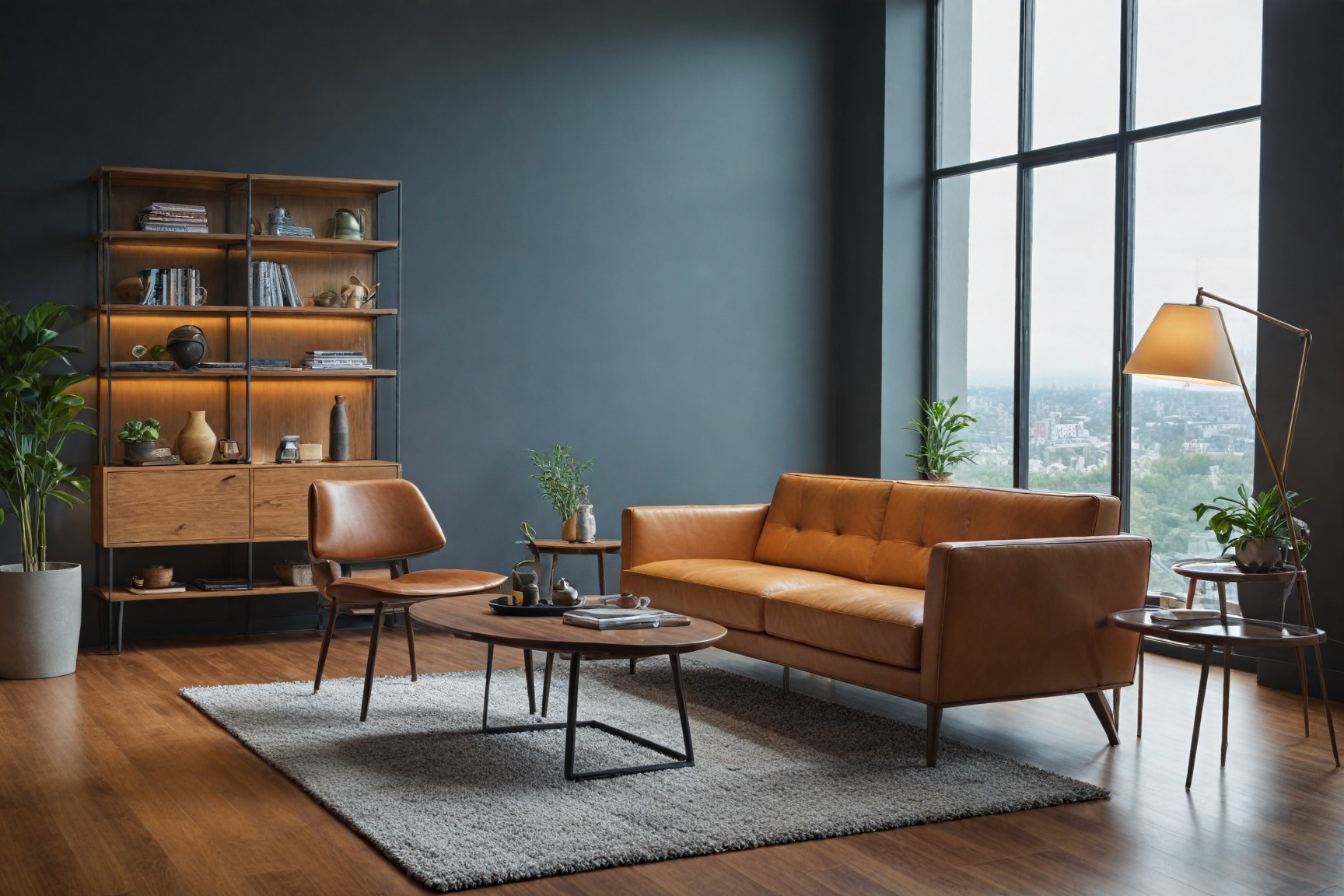
Functionality is paramount in contemporary design. Choose multifunctional furniture that maximizes space usage, such as a sofa bed or a coffee table with storage. Efficient space planning ensures that every piece serves a purpose.
Incorporate Artistic Elements
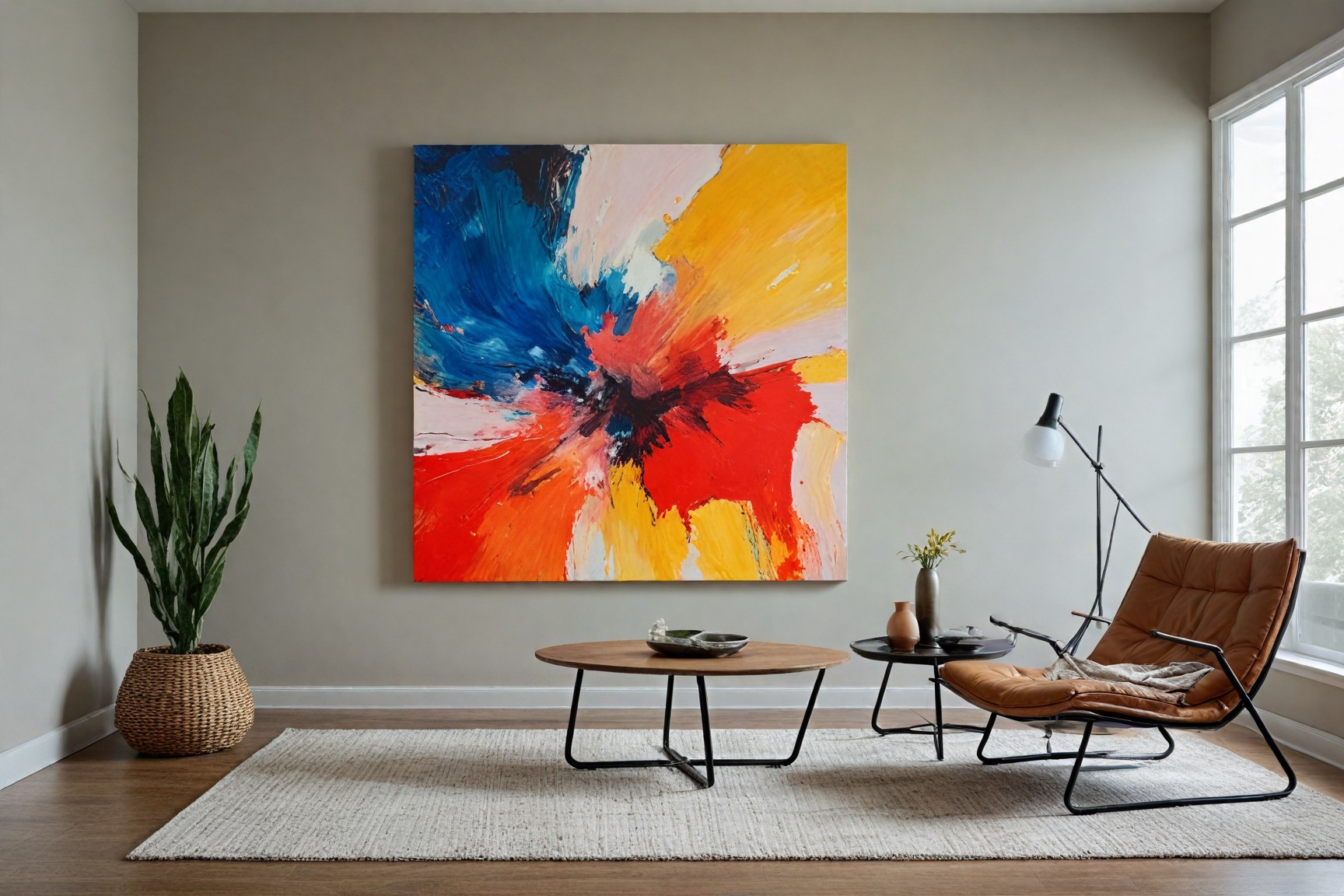
Adding contemporary art and decor can significantly enhance the visual appeal of your space. Choose pieces that reflect your style and display them thoughtfully. A large abstract painting or a unique sculpture can serve as a focal point.
Curated Minimalism

Balance minimalism with curated decor to achieve a clean yet personalized look. Select a few key pieces that add character without cluttering the space. Think of items like a designer chair, a stylish lamp, or a curated collection of books and accessories.
Design for Comfort and Ease
Comfort is a key component of contemporary interiors. Here’s how to create a relaxed and inviting atmosphere in your home:
Statement Lighting
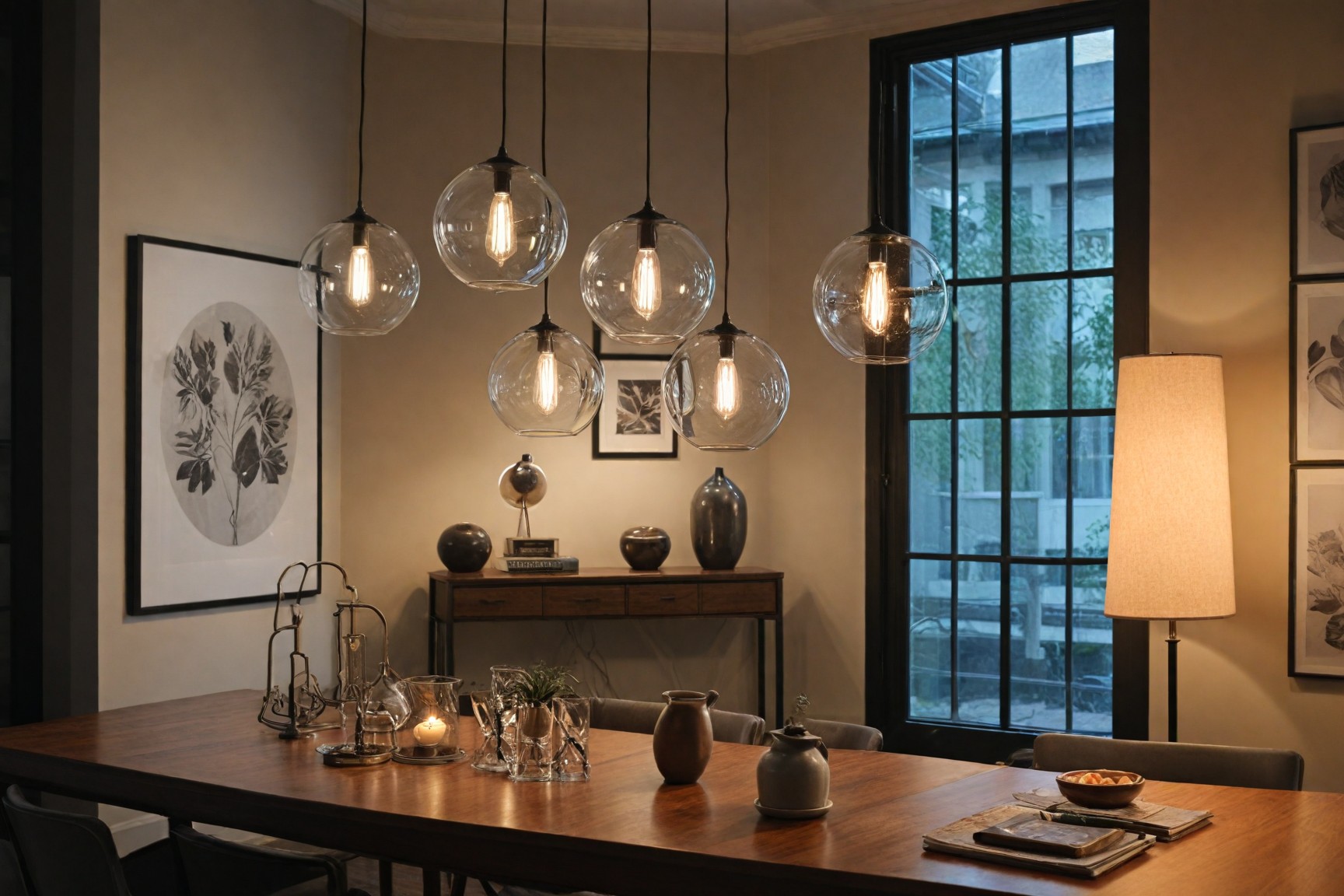
Lighting plays a crucial role in contemporary design. Choose statement lighting fixtures like pendant lights, floor lamps, or chandeliers to add visual interest. Ensure these fixtures are strategically placed to enhance both functionality and aesthetics.
Natural Elements and Sustainability

Incorporating natural elements and sustainable materials can enhance the warmth and eco-friendliness of contemporary interiors. Consider using materials like reclaimed wood, bamboo, and organic textiles. Plants also add a touch of nature and help purify the air.
Examples of Contemporary Interiors
Contemporary design can be beautifully applied to various rooms in your home. Here are some examples of contemporary interiors along with tips on how to recreate these looks using similar items:
Contemporary Living Room
A contemporary living room often features clean lines, neutral colors, and a blend of textures. Use sleek furniture, minimalist decor, and statement pieces to create a chic and modern space.
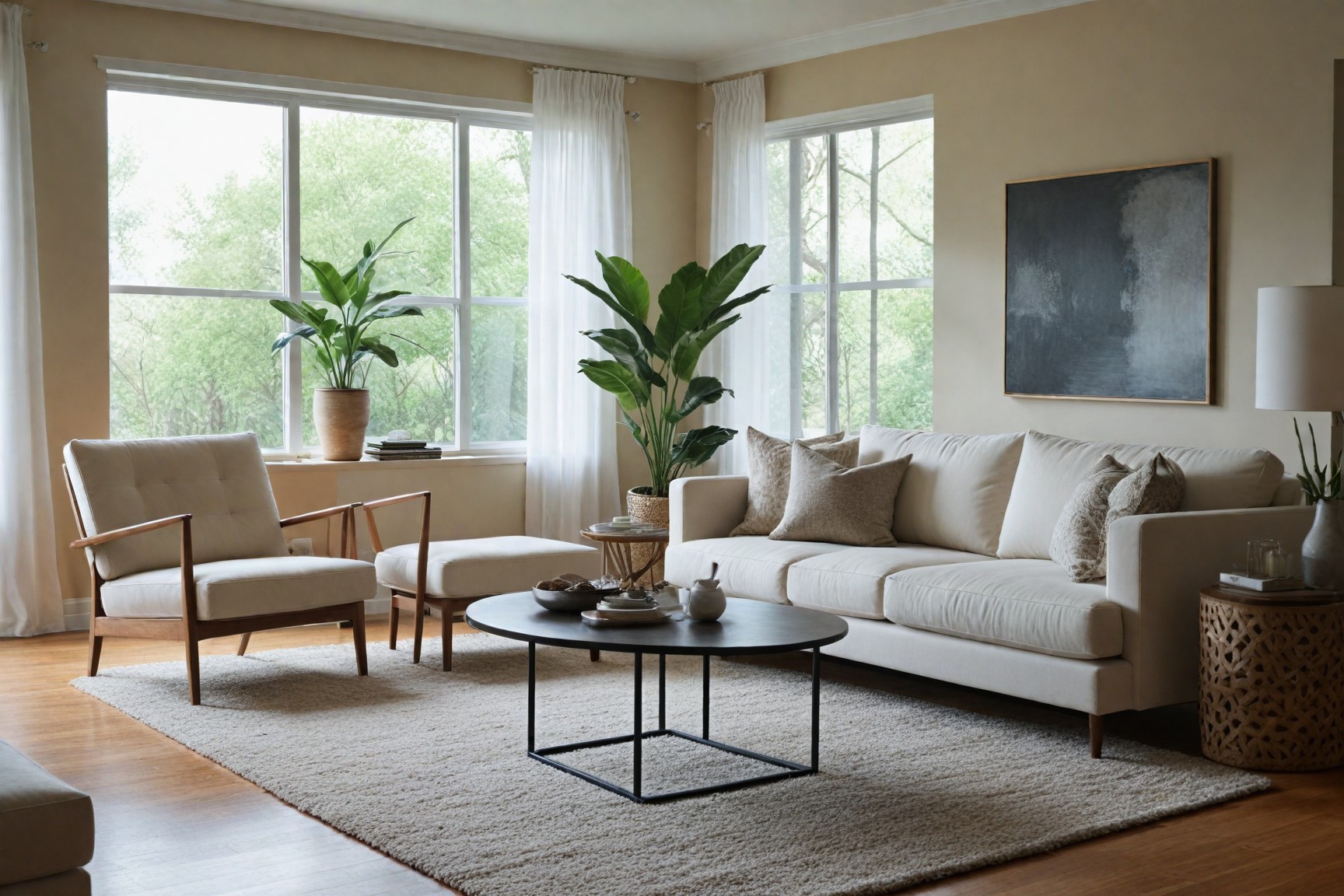
Tip: Choose a neutral color palette and add interest with textured fabrics and bold accents.
Contemporary Bedroom
In a contemporary bedroom, comfort and style go hand in hand. Opt for a minimalist bed frame, soft linens, and a few curated decor items to create a serene retreat.
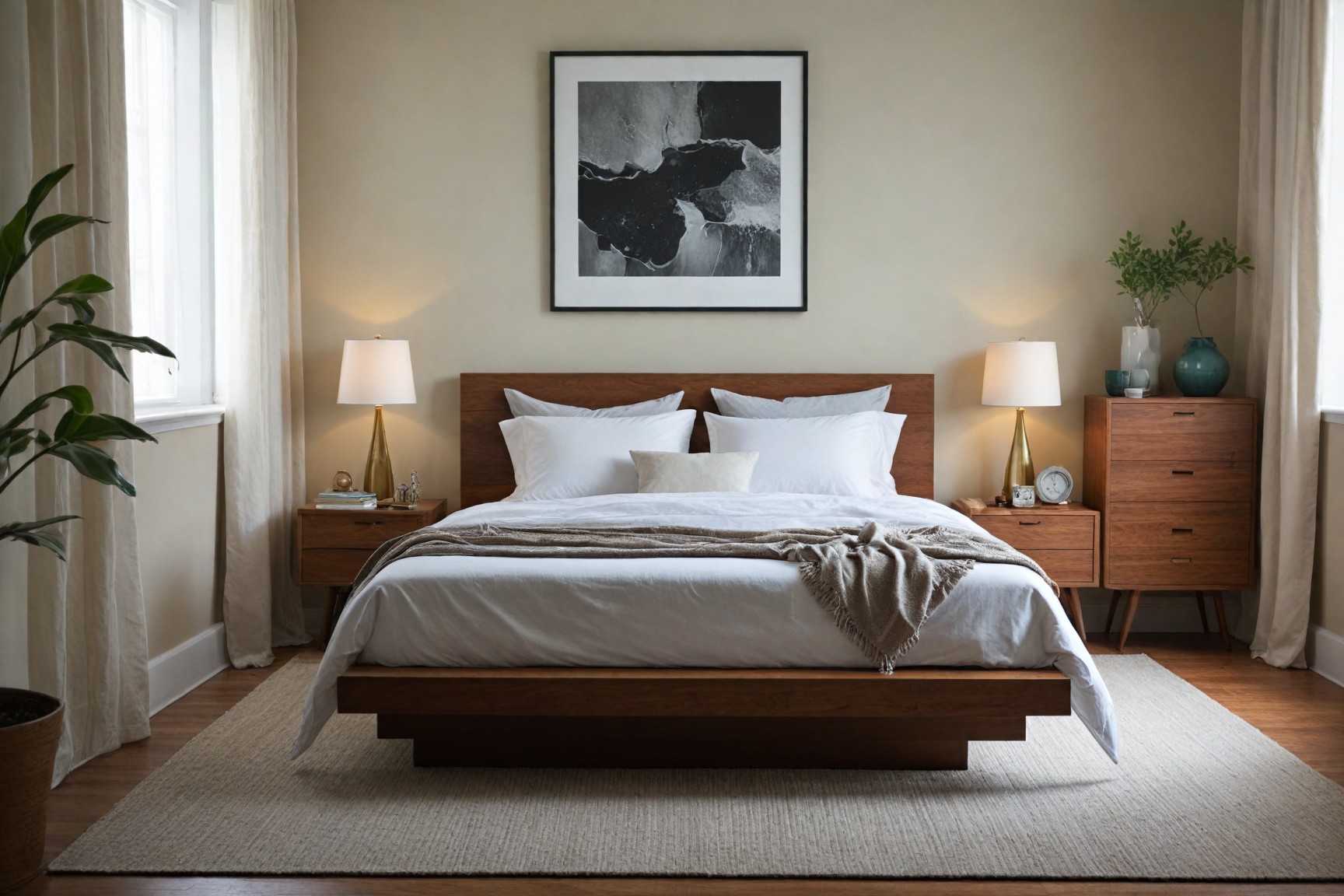
Tip: Incorporate built-in storage solutions to keep the space uncluttered.
Contemporary Kitchen
A contemporary kitchen emphasizes functionality and style. Use modern appliances, streamlined cabinetry, and open shelving to create a sleek and efficient workspace.

Tip: Use a mix of materials like stainless steel, glass, and wood for a balanced look.
Contemporary Home Office
A contemporary home office should be both functional and stylish. Choose ergonomic furniture, minimalist decor, and plenty of natural light to create a productive workspace.
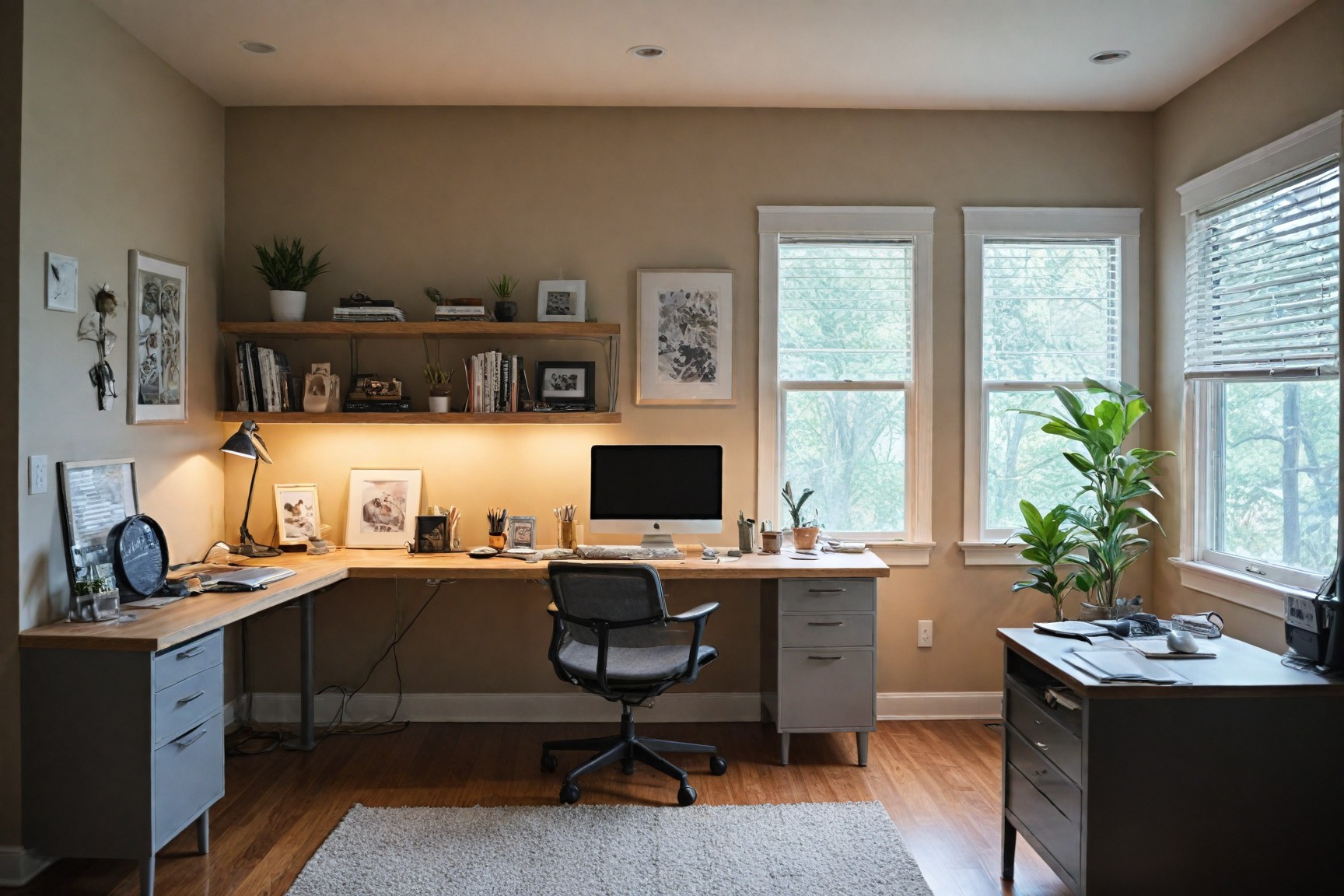
Tip: Keep the workspace organized with cable management solutions and minimal clutter.
Contemporary Bathroom
A contemporary bathroom focuses on clean lines and modern fixtures. Use sleek faucets, minimalist storage, and a neutral color palette to create a spa-like atmosphere.
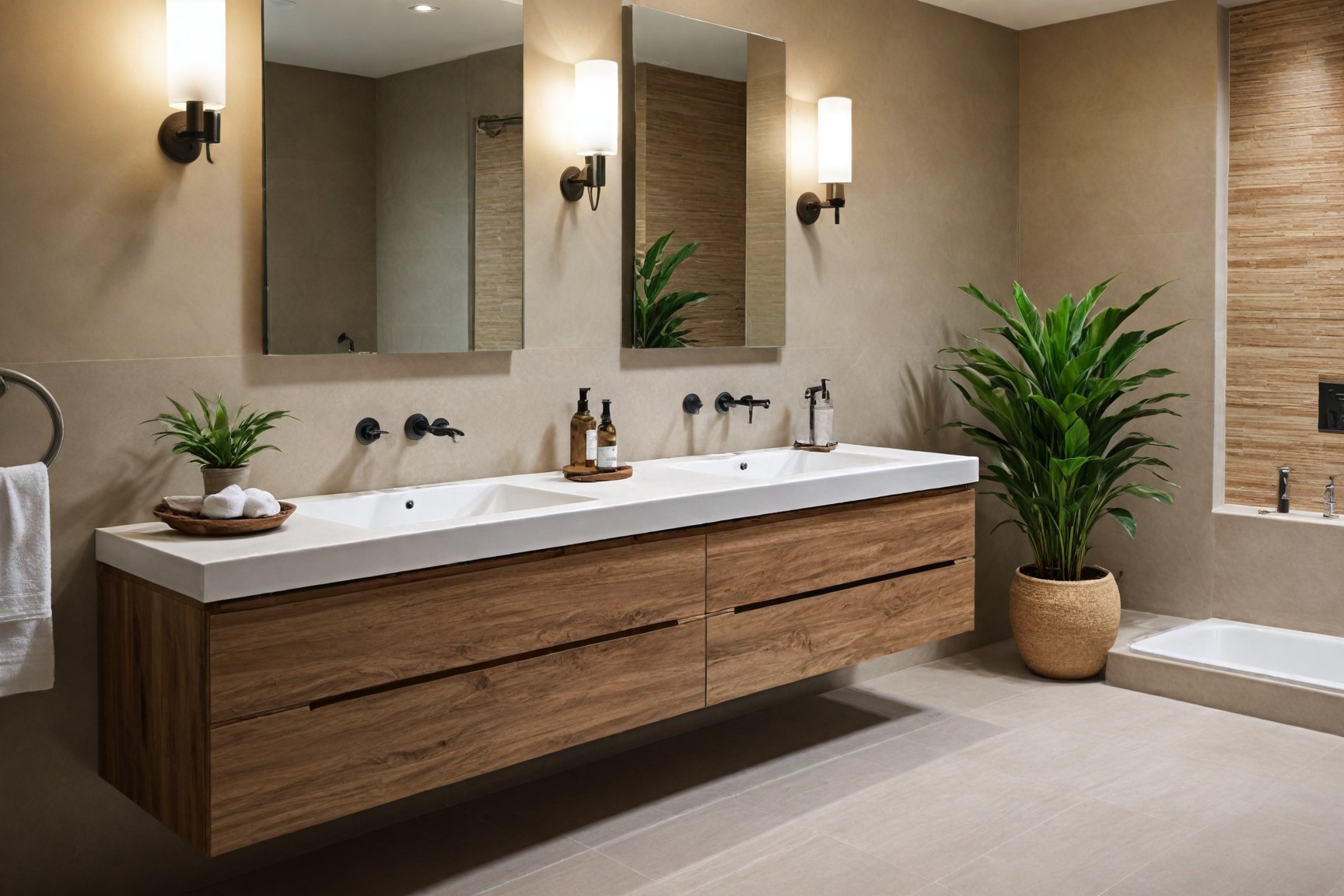
Tip: Incorporate natural elements like plants or wood accents to add warmth and texture.
Mastering Contemporary Interior Design
Choosing the right interior design style is essential for creating a space that reflects your personality and meets your functional needs. By understanding contemporary design and incorporating your personal preferences, you can create a harmonious and inviting home.
Create Stunning Contemporary Spaces - Sign Up Today!
Discover the future of home decor with ShopDeft, the ultimate AI interior design platform. Transform your space effortlessly and find the perfect furniture to match your contemporary style.
Start elevating your space today and experience the modern elegance that contemporary design brings to your home.
Contemporary Interior Design FAQs
How Can I Create a Contemporary Space with Limited Space?
Designing contemporary interiors in small spaces requires smart space-saving solutions and multifunctional furniture. Use modular pieces, like nesting tables or a fold-out desk, to maximize functionality without compromising style.
What Are the Best Plants for Contemporary Homes?
Indoor plants play a crucial role in contemporary design. Opt for low-maintenance, stylish plants like snake plants, succulents, or fiddle leaf figs that add a touch of greenery and elegance to your decor.
How to Mix Contemporary Design with Vintage Pieces?
Blending contemporary design with vintage or antique elements creates a unique and cohesive look. Choose a few standout vintage pieces and integrate them with contemporary furniture and decor to add character without overwhelming the space.
What Are Common Mistakes to Avoid in Contemporary Design?
Common pitfalls in contemporary design include overcrowding, neglecting functionality, and ignoring the importance of lighting. Avoid these mistakes by keeping decor simple, ensuring practicality, and incorporating ample lighting.
How Can I Design a Contemporary Bathroom?
To set up a functional and stylish contemporary bathroom, select sleek fixtures, a minimalist color palette, and modern decor. Focus on clean lines and incorporate storage solutions to keep the space uncluttered.
How Can I Add Color to a Contemporary Space Without Overwhelming It?
Introduce subtle color accents through accessories like cushions, artwork, or rugs. Use a neutral base and add pops of color sparingly to enhance the design without overpowering it.
